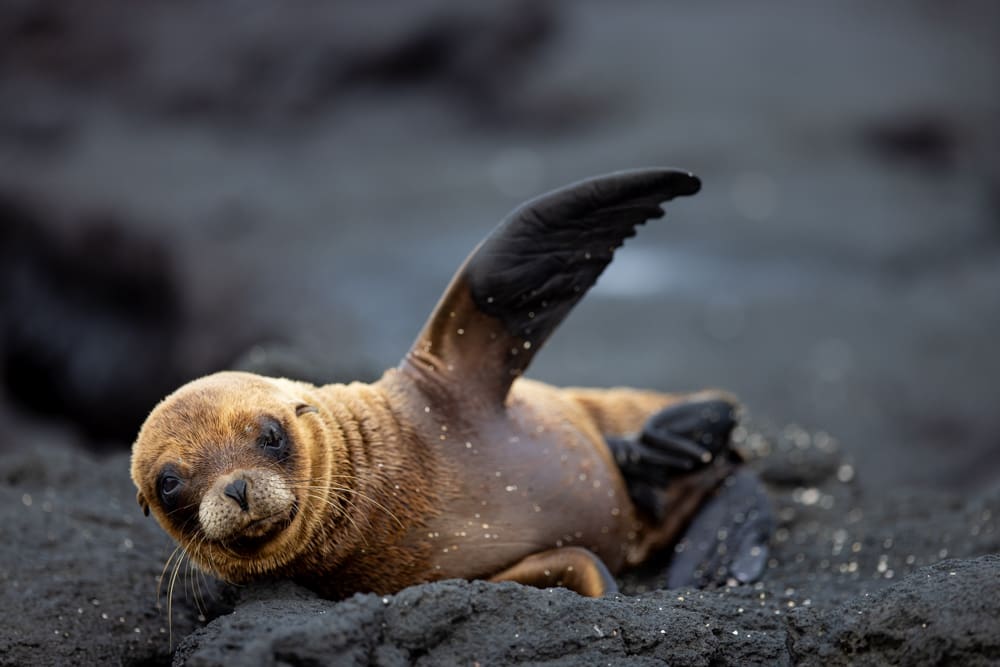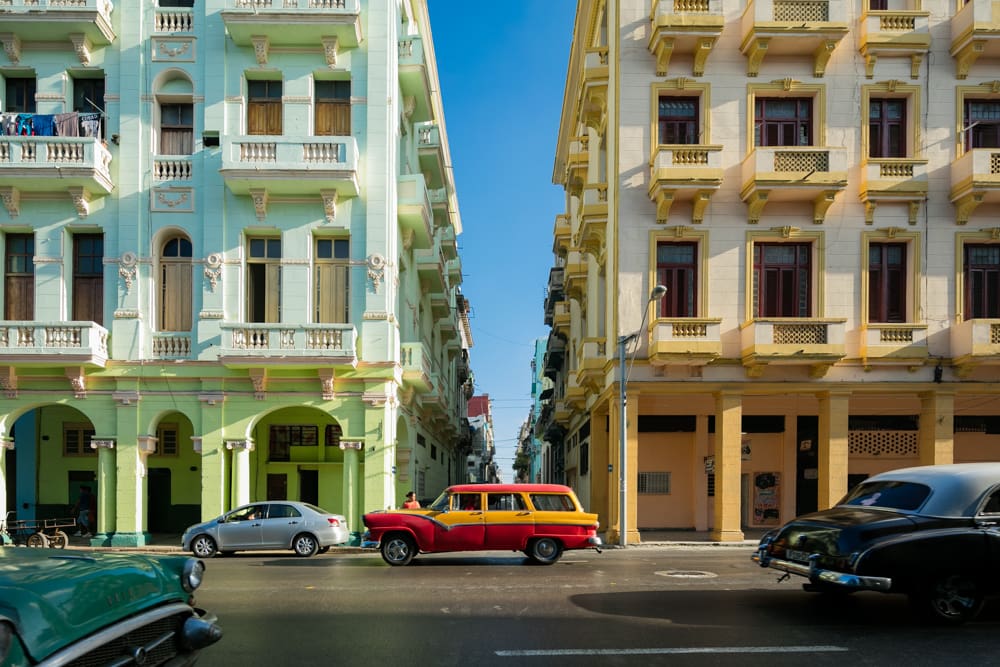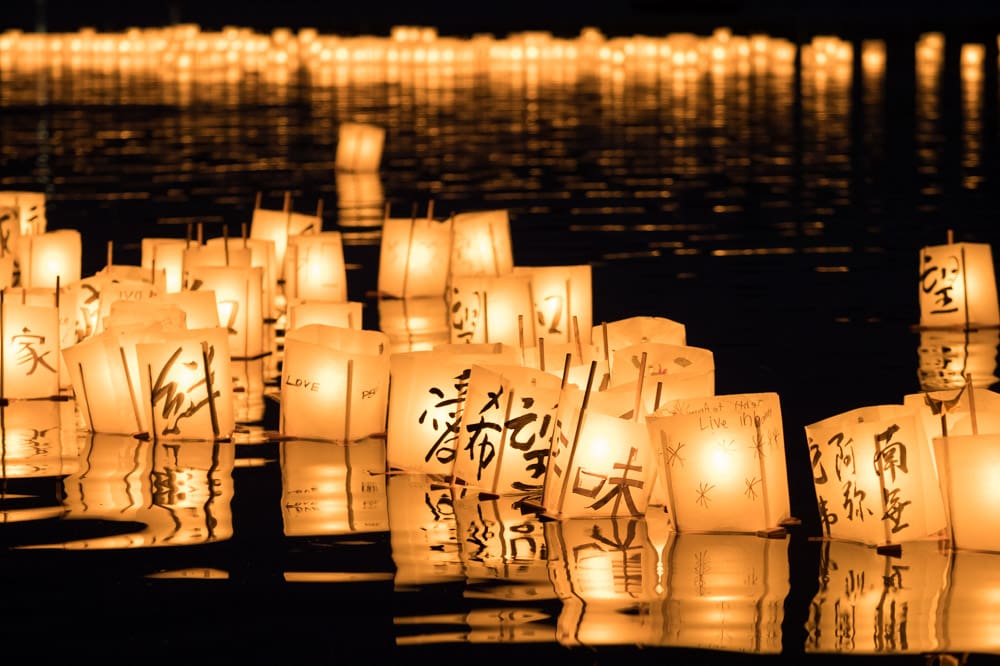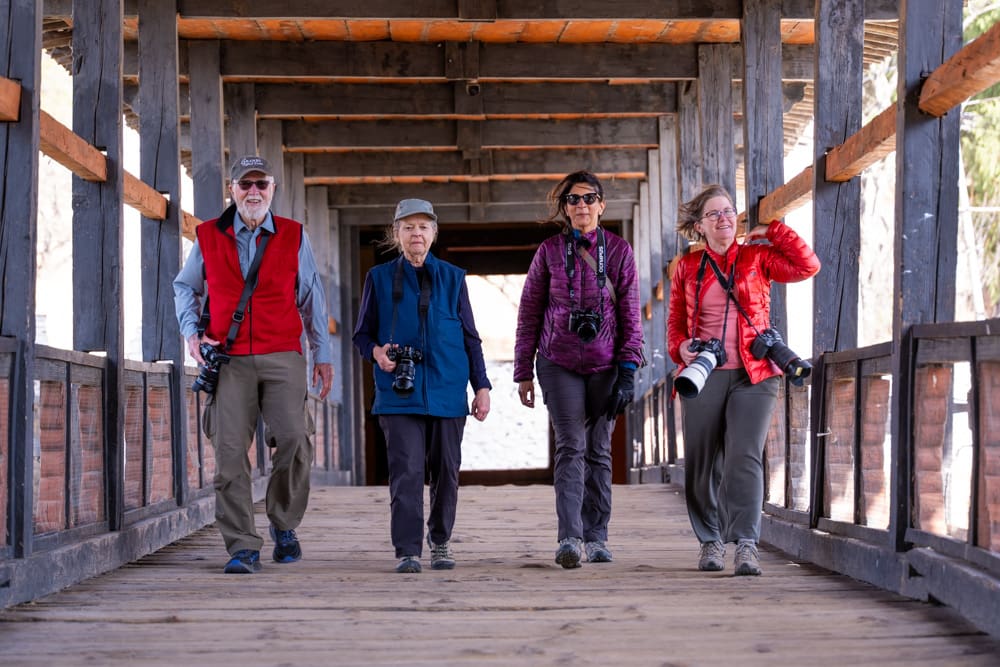A standard rule of travel is that weight is everything, and you should travel as lightweight as possible. In all honesty, it’s a pretty true concept that most people would be wise to follow. Maintaining your energy, strength, and attention will make travel, and all the experiences that come with it, more enjoyable.
I practiced this ideal when I led my first photography tours to both Cuba, in 2014, and Bhutan, in 2019. I carried a lightweight Fujifilm X-system camera and a very small selection of lenses. The minimal gear allowed me to carry plenty of other stuff, and not get in the way while working with clients, guides, and locals. I was able to capture quality images with a minimum of fuss.
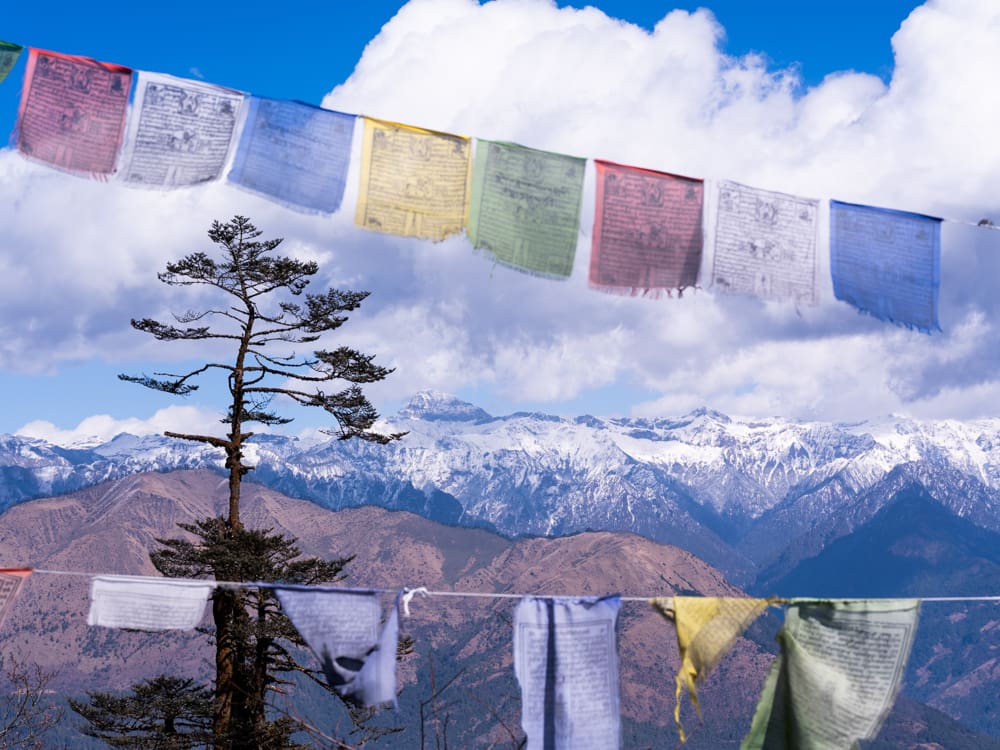
Fujifilm GFX100 II, GF 45-100MM F/4 R LM OIS WR @ 94MM | F/11 | 1/400 SEC | ISO 160
For my latest photography tour of Bhutan in early 2024, which also included stops in Bangkok and Tokyo, I decided to try something very different. I went big and heavy, choosing to shoot with a medium format camera system — the Fujifilm GFX, think giant format X system.
For those not familiar with medium format equipment, it is simply a camera with a larger than average image sensor, which in turn requires a larger camera and larger lenses. The benefit of the increased size and weight is the highest level of photographic quality possible today.
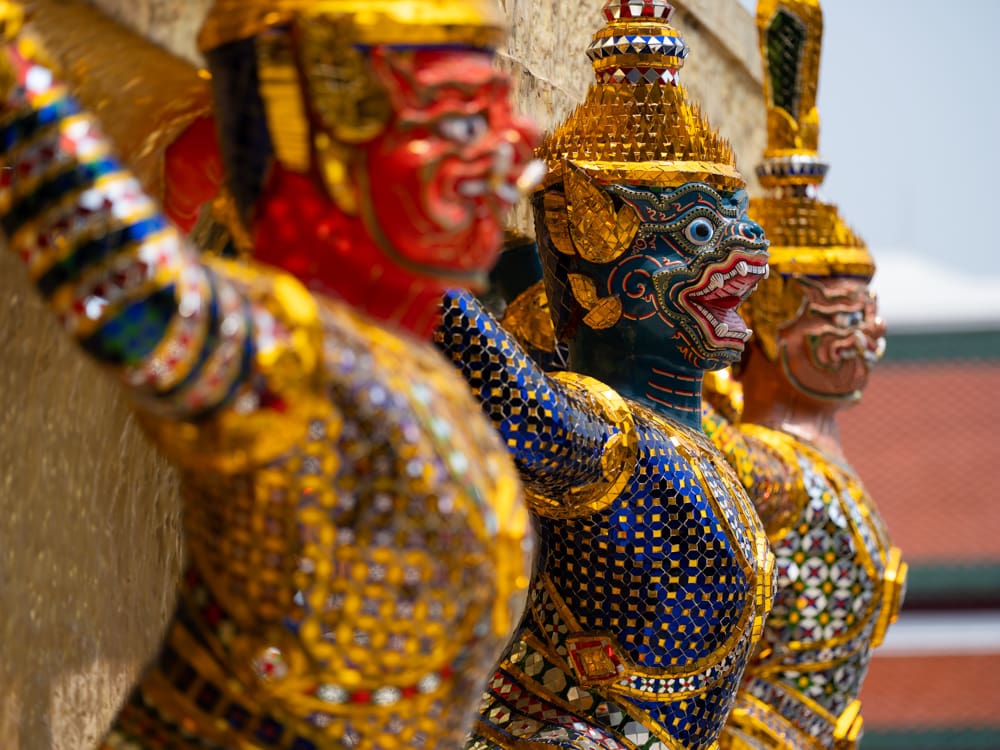
Fujifilm GFX100 II, GF 100-200MM F/5.6 R LM OIS WR @ 200MM | F/5.6 | 1/250 SEC | ISO 80
Working and traveling with this larger gear is not for the faint of heart, literally or figuratively. My daily carry, medium-sized backpack, was filled with about 26lbs (12kg) of gear. Do you consider this heavy or light? I suppose it all depends on your point of view.
Travel Light
For most travelers I’d recommend keeping your camera gear (day bag) to less than 10lbs (4.5kg) for optimum daily enjoyment. If you’re a bit younger, fitter, or more energetic you can double that number.
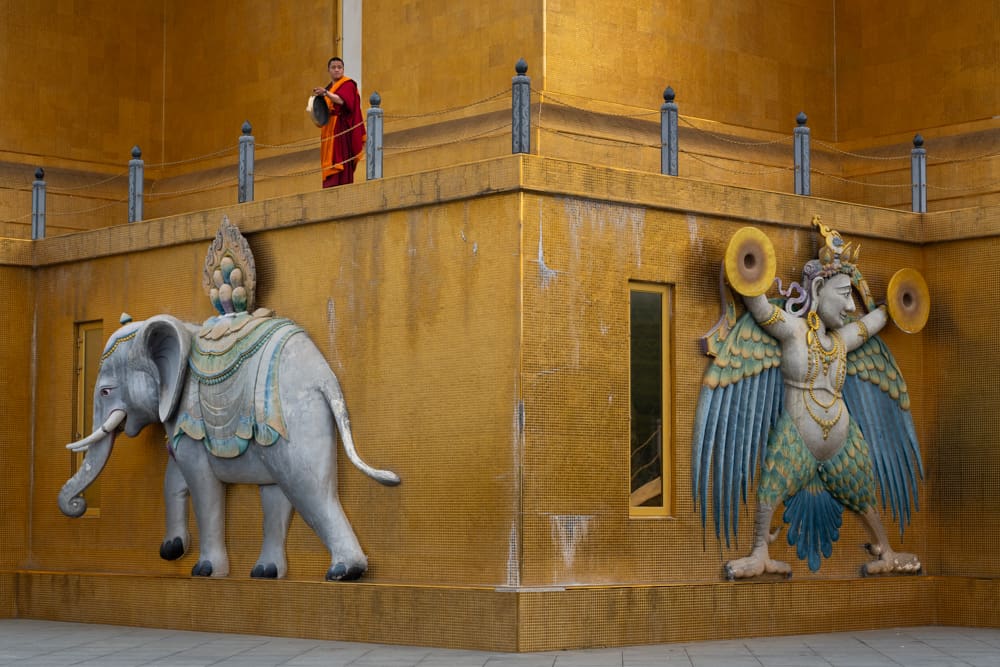
Fujifilm GFX100 II, GF 45-100MM F/4 R LM OIS WR @ 96MM | F/8 | 1/30 SEC | ISO 400
A heavy bag will sap your energy and diminish your desire to put it down to swap lenses. It will get in the way as you navigate narrow passageways and weave through public spaces. It can become a target for those with poor intentions. Suffice to say, there are plenty of very good reasons why you shouldn’t travel with large, numerous & expensive pieces of photographic gear.
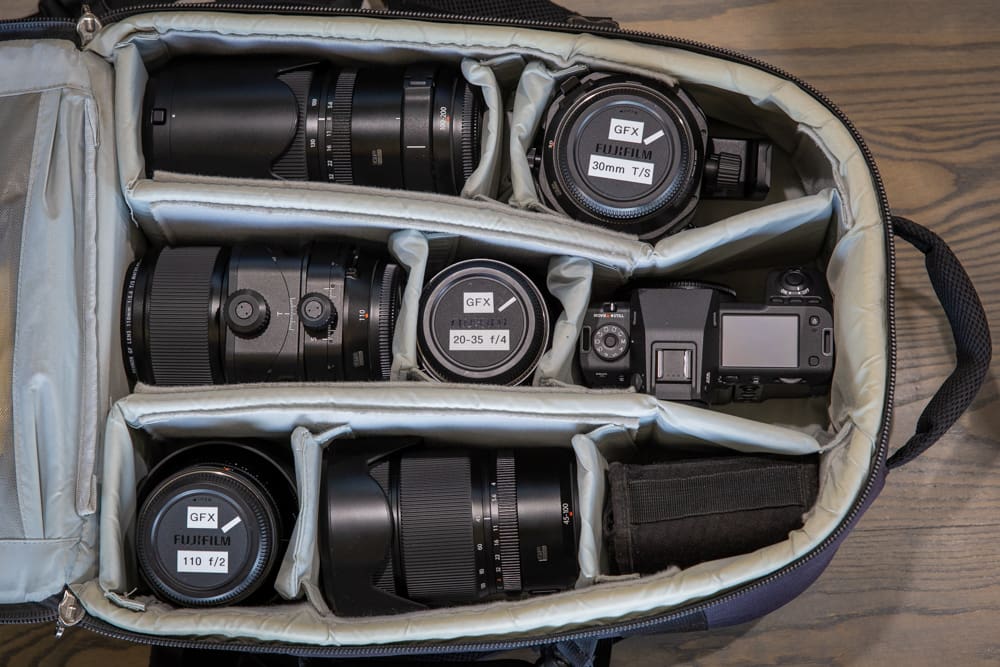
But that’s what I wanted to do, for a variety of reasons. I packed up my Fujifilm GFX100 II and six rather large lenses into a Lowe Pro Pro Runner BP 450 AW II backpack and accompanied it with my Gitzo GT2542L tripod and Kirk BH-30 ball head.
Why medium format?
My reasons for choosing the GFX100 II medium format camera were multifold. To start with, I had just completed my latest camera class — Fujifilm GFX100 II Complete Camera Guide, so I was 100% dialed-in to the operation of this camera.
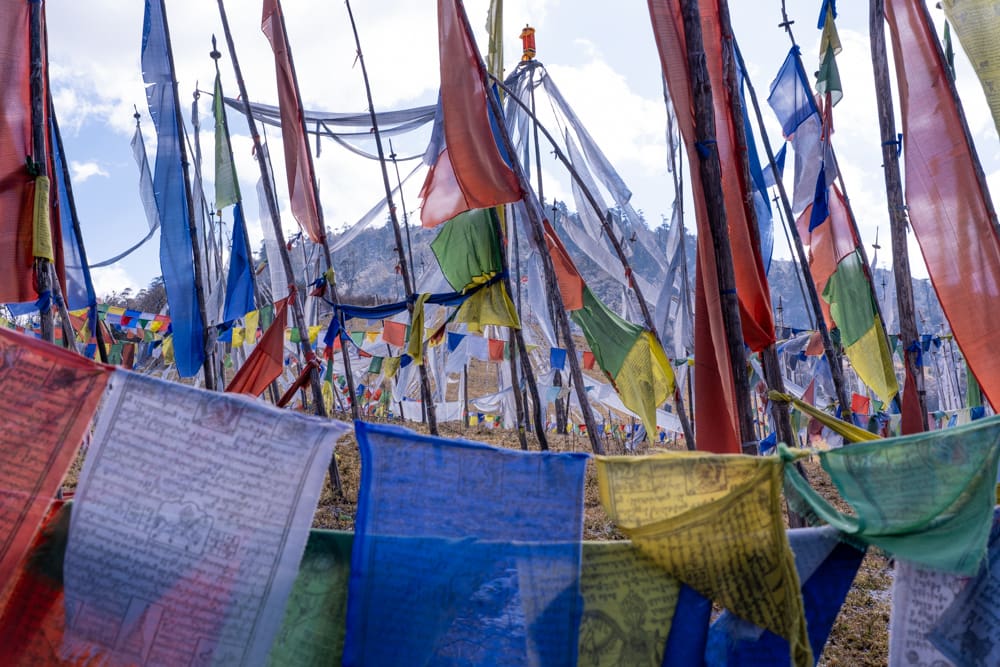
Fujifilm GFX100 II, GF 45-100MM F/4 R LM OIS WR @ 45MM | F/11 | 1/100 SEC | ISO 160
I was intrigued by the incredible high quality of images that the camera can create. In my first experience with the 100 megapixel camera, a studio shoot with individuals and group shots, I downloaded the images and was immediately blown away by the quality. The detail, color, and overall sharpness was unlike anything I’ve ever seen in all my years in photography. After downloading the images I zoomed in to check the quality. I gasped in awe, something I’d never done before.
This latest generation of medium format technology from Fujifilm features an autofocus (AF) system that is quite speedy and can be used in fast action situations. Medium format AF systems have traditionally been notably slower than more mainstream options. Their use was usually limited to situations like studio work, landscapes, product photography, and well-controlled location work like a portrait session in the park.
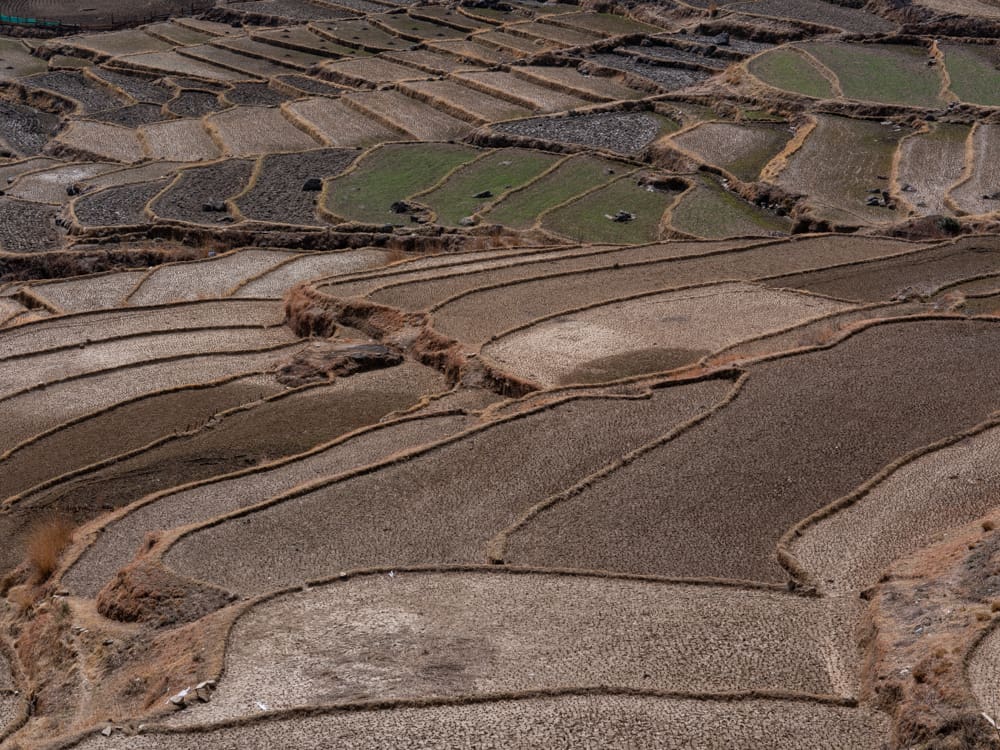
Fujifilm GFX100 II, GF 100-200MM F/5.6 @ 100MM | F/16 | 1/50 SEC | ISO 160
The GFX100 II appears to have broken through a certain AF threshold that now opens the use of medium format cameras to a wider variety of situations. I wanted to see if it could handle the demands of travel photography. I would be taking it on long walks, public transportation, through crowded markets, and to a very crowded cultural festival featuring fast-paced performers.
A slightly selfish, but also professional reason to go with the Fujifilm system, was that I got my hands on two brand new Fujifilm mirrorless tilt/shift lenses (30mm T/S & 110mm T/S) and I was excited to use them in the field. At the time I was working on my now available Fujifilm Complete Lens Guide and I was looking to create a strong collection of examples and experiences to help support the tilt/shift section in the class. I also have long-term plans to add information about these new lenses into my existing Tilt Shift Photography class.
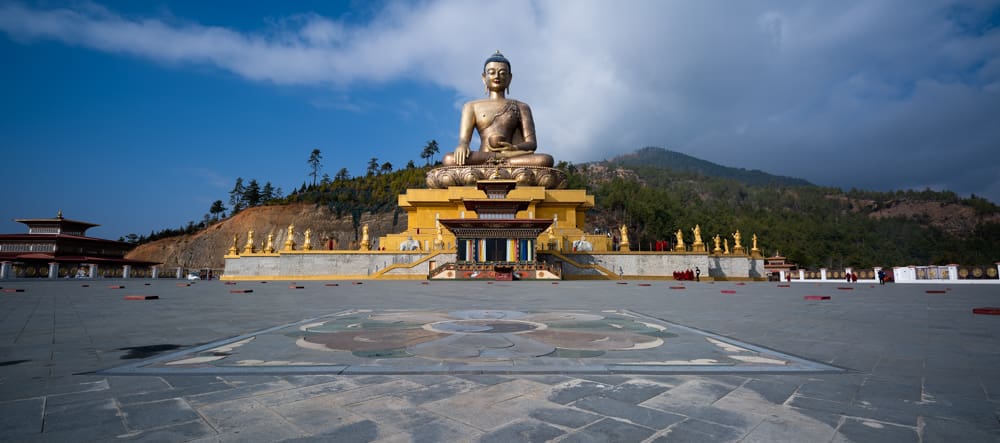
Fujifilm GFX100 II, GF 30MM F/5.6 T/S @ 30MM | F/11 | 1/125 SEC | ISO 80
170MP Tilt/Shift Panorama stitch
One final reason I wanted to travel with the heavier gear, is that it simply went against the grain. If everybody does something a particular way, you’re likely to end up with similar results. If you want different results, you need to do something different. If it takes more energy to do something different, then so be it; just do it.
While I no longer consider myself young, I am in shape and energetic, so the large and heavy bag of gear was not a deterrent. Perhaps the biggest compromise was the range of focal lengths available to me. I’ve always recommended having a full-frame equivalent of 24mm to 200mm for general travel purposes. I frequently expand that coverage to 16mm to 400mm for extreme situations or more varied results.
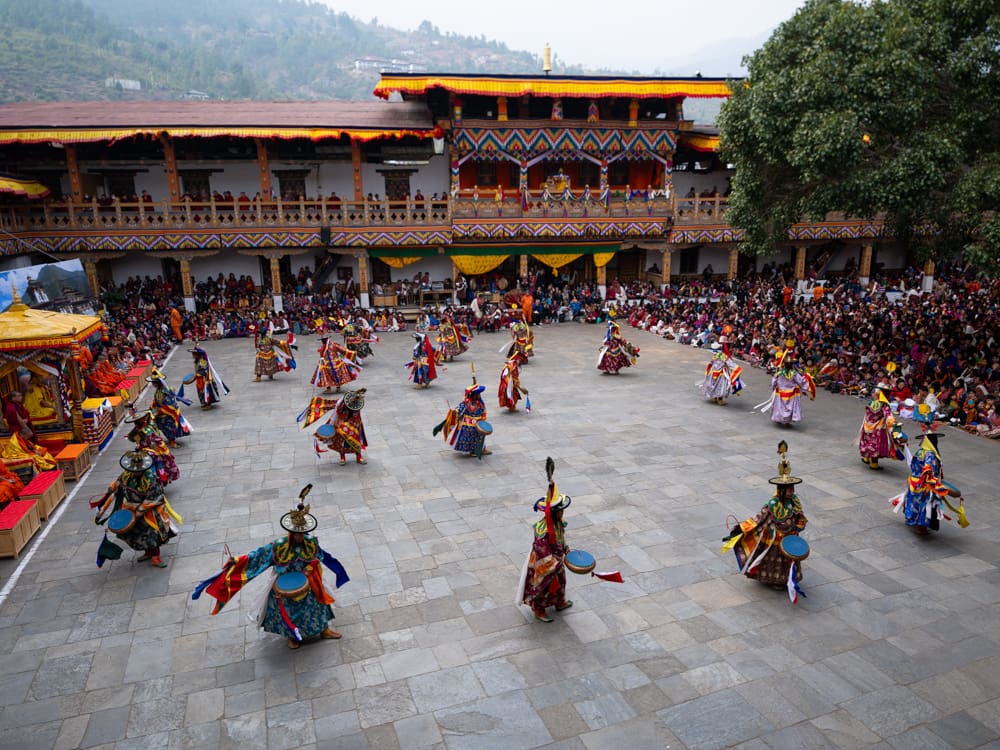
Fujifilm GFX100 II, GF 30MM F/5.6 T/S @ 30MM | F/5.6 | 1/500 SEC | ISO 400
With my three Fujifilm G-mount zoom lenses (20-35mm, 45-100mm & 100-200mm) my full-frame equivalent coverage was from 16mm to 160mm. Fujifilm medium format lenses use a crop factor of 0.79x, thus a 100mm Fujifilm GFX lens is equivalent to a full-frame 79mm lens.
Telephoto lenses are always a challenge with medium format and the full-frame equivalent of only 160mm was a bit of a limitation, but one that I could live with, on this tour. I also carried three prime lenses (30mm f/5.6 T/S, 110mm f/5.6 T/S & 110mm f/2) each a sizable chunk in size, but each served a particular need. Add up all these lenses, the GFX camera and a few other items and you reach that pack weight of 26lbs (12kg).
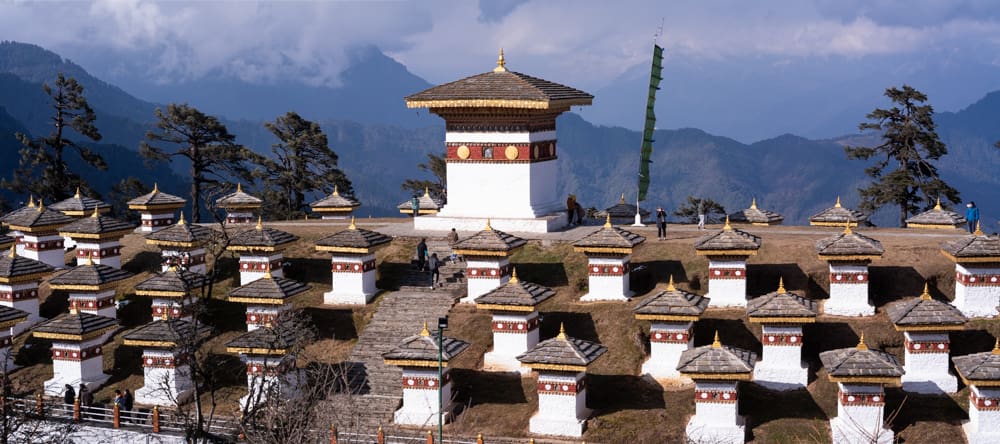
Fujifilm GFX100 II, GF 110MM F/5.6 T/S Macro @ 110MM | F/16 | 1/40 SEC | ISO 80
170MP Tilt/Shift Panorama stitch
How did it go in the field?
Would I recommend traveling & photographing the way that I did? No, it’s not for everyone. I pulled the camera out on fewer occasions, I exchanged lenses less frequently, and I took fewer photos than I typically would. The big bag was a pain getting on and off our minibus which had a very narrow aisle way.
As good as the GFX100 II is, it’s still a slower camera to work with. I constantly felt rushed to get my photography in. The larger gear really makes you want to slow down and perfect every detail of the shooting process.
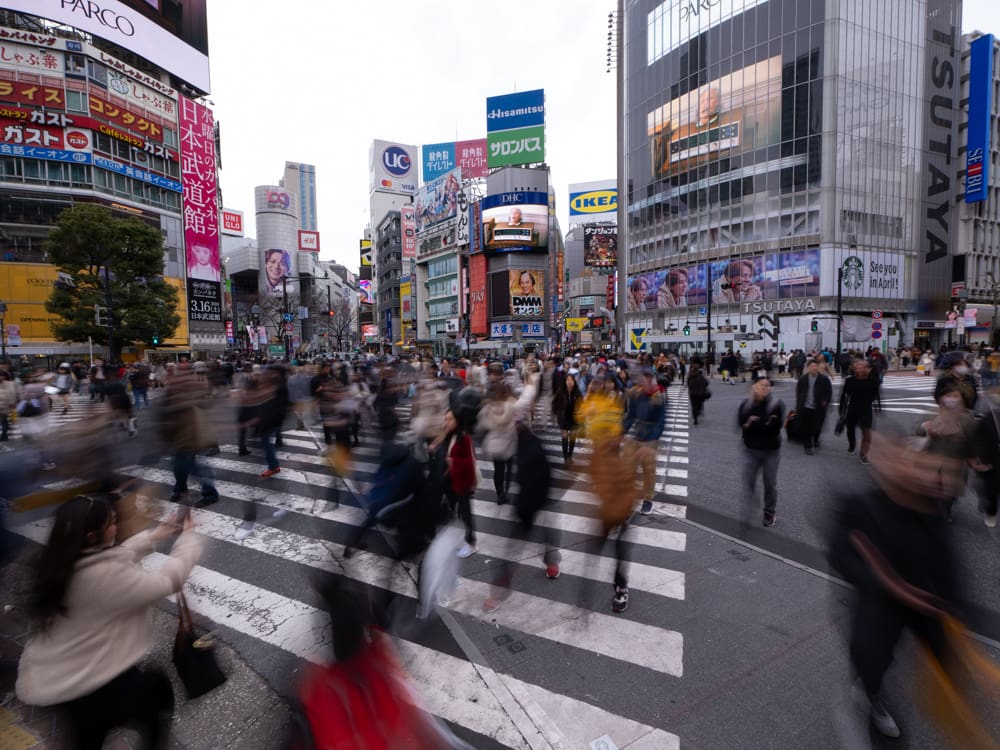
Fujifilm GFX100 II, GF 20-35MM F/4 R WR @ 20MM | F/22 | 1/2 SEC | ISO 40
Despite those drawbacks, I loved the camera, the lenses, and the results. Yes, my bag was a size larger than I would have preferred to take, but I’ve got a little extra energy to burn and it wasn’t that big of a deal. I have plenty of memories of hiking with a 40-50lb (18-23kg) pack, so one that’s 40% lighter and only needs to be carried for short periods of time, doesn’t seem too bad in comparison.
I have an unusual opportunity to compare how much I shoot with different size systems as I did this same tour in 2019 with the APS-C size sensor in the Fujifilm X-T3 and X-Pro2. I have long since thrown out the garbage images from 2019, so I can’t compare total shots taken.
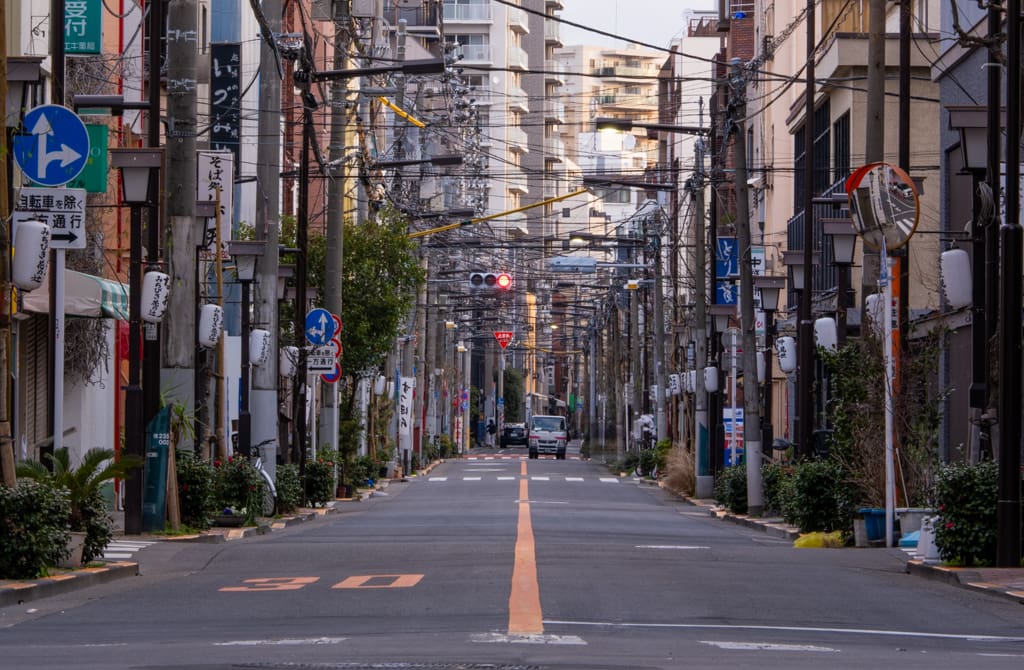
Fujifilm GFX100 II, GF 100-200MM F/5.6 R LM OIS WR @ 200MM | F/32 | 1/5 SEC | ISO 640
However, I can directly see that my 1182 ‘keeper’ images from the GFX is far less than the 2235 from the smaller system. There are other factors that may also have affected those numbers, like the fact that this was a subsequent trip and there was less ‘new’ stuff for me to capture images of. No matter how you cut it, I ended up with less images.
Shooting less often doesn’t mean getting worse images. A more deliberate and precise process usually ends in better results. If I was trying to capture every step of the journey, my equipment choice would have been dead wrong. I was more interested in choosing the best scenes and moments, and capturing them in the best way possible.
The big cultural event of the tour was the Punakha Tshechu — a multi-day performance of singers, musicians, dancers, and a variety of traditional performances acted out in the courtyard of a 400-year-old monastery. The colorful, often fast paced, event would be a challenging test for the AF system of a medium format camera.
I’m happy to report that the GFX100 II and accompanying lenses were flawless. Everything about the camera system was just as good as any full-frame system I’ve ever used, with the slight exception of the frame rate being limited to 8fps. Some full-frame cameras will shoot at 10, 15, 25, 30, and even 120fps. Putting things in perspective, my first professional camera (Nikon F4s) shot at 5.7fps, and that was pretty exciting at the time. Also considering the GFX100 II was shooting images 100MP in size, I neither needed nor wanted any faster frame rates than it offered.
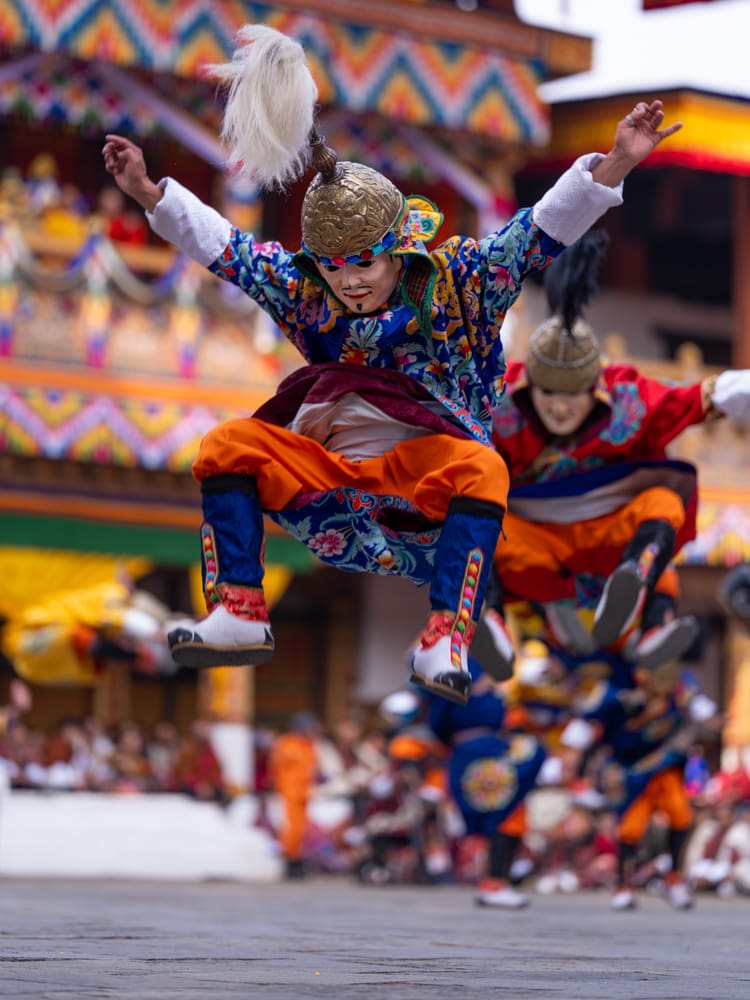
Fujifilm GFX100 II, GF 110MM F/2 R LM WR @ 110MM | F/2 | 1/1000 SEC | ISO 125
The AF was fast and the subject detection was pretty good. It did have some problems with performers who’s elaborate costumes were confusing to the face detection system. Although I can’t confirm, but I would suspect, that any face detection system would be thrown off by the ornate costumes that were worn at this event. I simply switched off the subject detection and placed a medium sized focus box over the performers, and from there on out the AF was easy to operate.
Overall, the larger camera and lenses performed flawlessly throughout my journey through the three countries. It did make me a bit more particular about what and how I shot. I believe I shot less, but better.
Results from traveling with a large camera
Traveling with a different set of gear forced me to change the way that I worked. It made me make choices that I hadn’t had to make before. It limited me in some ways that I wish it hadn’t. While all of this sounds a bit negative, it resulted in quality images that I wouldn’t have captured otherwise.
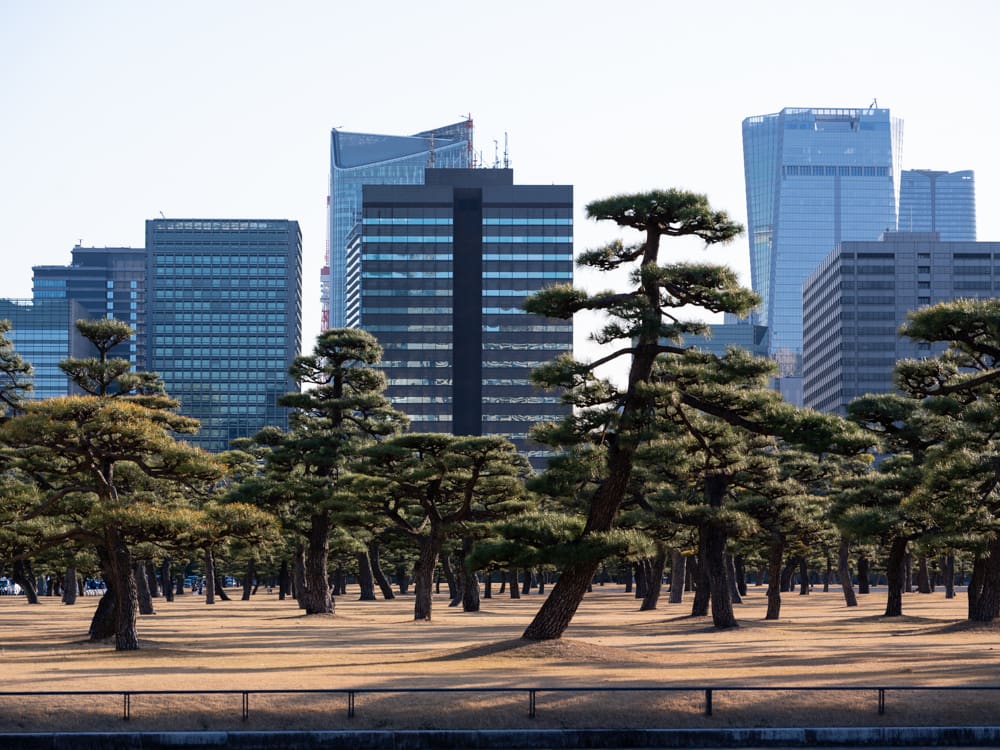
Fujifilm GFX100 II, GF 100-200MM F/5.6 @ 140MM | F/8 | 1/60 SEC | ISO 80
The larger gear wasn’t completely different; there were plenty of situations where the type of gear I was using just wasn’t an issue. With a long history of shooting with the Fujifilm X system as well as many other brands (Canon, Nikon, Sony) of full-frame gear, the GFX system fits right in with performance and capability, only it’s doing it at 100MP per shot.
Would I do it again?
In short, yes; I’d be happy to do it again, but only on the right type of trip. I don’t think I’ll be bringing it on either of my next big tours, Kenya Safari 2024 and Wild Galapagos 2024, where a lens longer than 160mm will be highly prized. Those two tours will have a focus on wildlife and while both locations have animals that are habituated to humans, a lens in the 300-400mm focal range will be necessary. Fujifilm does have a 500mm f/5.6 on their lens roadmap for 2024, so maybe wildlife will be the next barrier for medium format to break through.
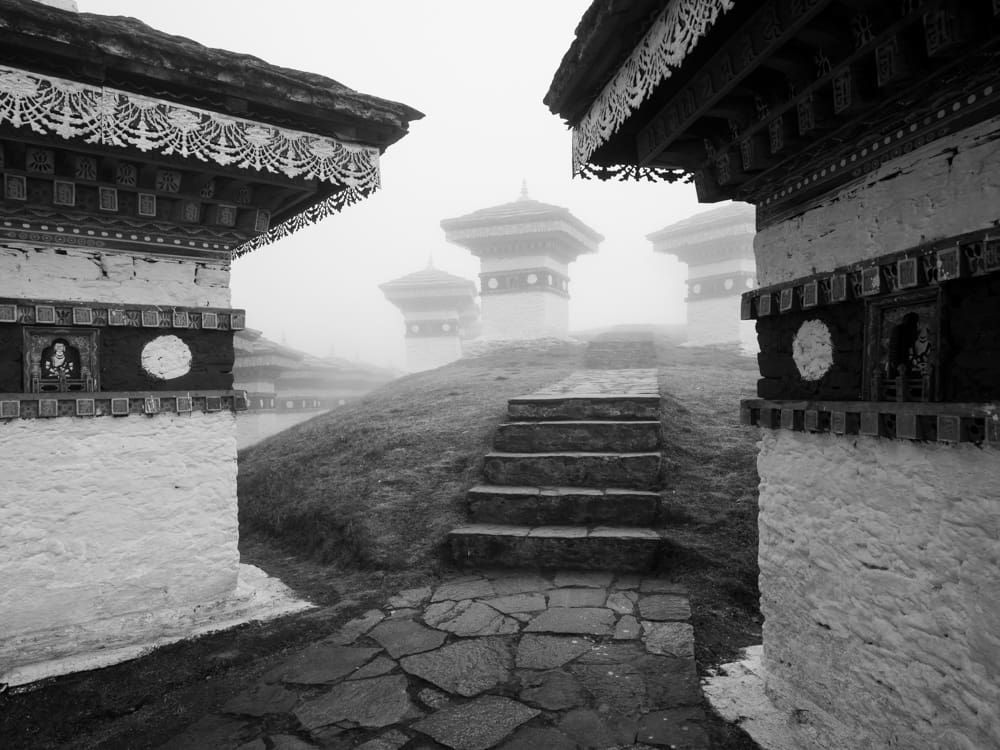
Fujifilm GFX100 II, GF 30MM F/5.6 T/S @ 30MM | F/11 | 1/15 SEC | ISO 80
In the end I proved correct a theory I’ve long held. The right camera for travel, or anything else you want to do, is the one you want to work with and the one that gives you the results you are happy with. The right size of camera or choice of lenses are a result of your desires and objectives.
If you are traveling for your own personal enjoyment, take whatever makes you happy. If all you want to carry is your phone – go for it, if it’s an 800mm lens – good for you. I know I’ve been surprised by what I’ve seen in some people’s travel/camera bag, but to each his own. We all see, create, and enjoy life in different ways. Without hesitation, I can certainly say, there is no wrong camera for travel photography.
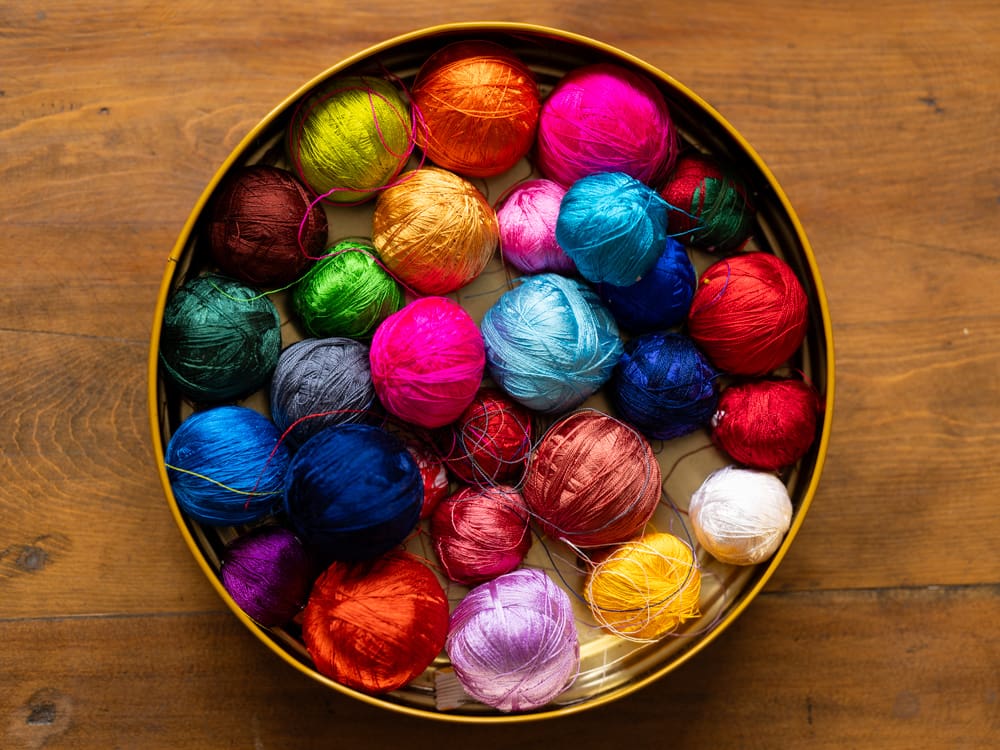
Fujifilm GFX100 II, GF 110MM F/2 R LM WR @ 110MM | F/2.8 | 1/60 SEC | ISO 200
Become part of John’s inner circle
Sign up for the newsletter here — it’s free.
Want to become a better photographer?
Check out John’s selection of photography and camera classes here.
